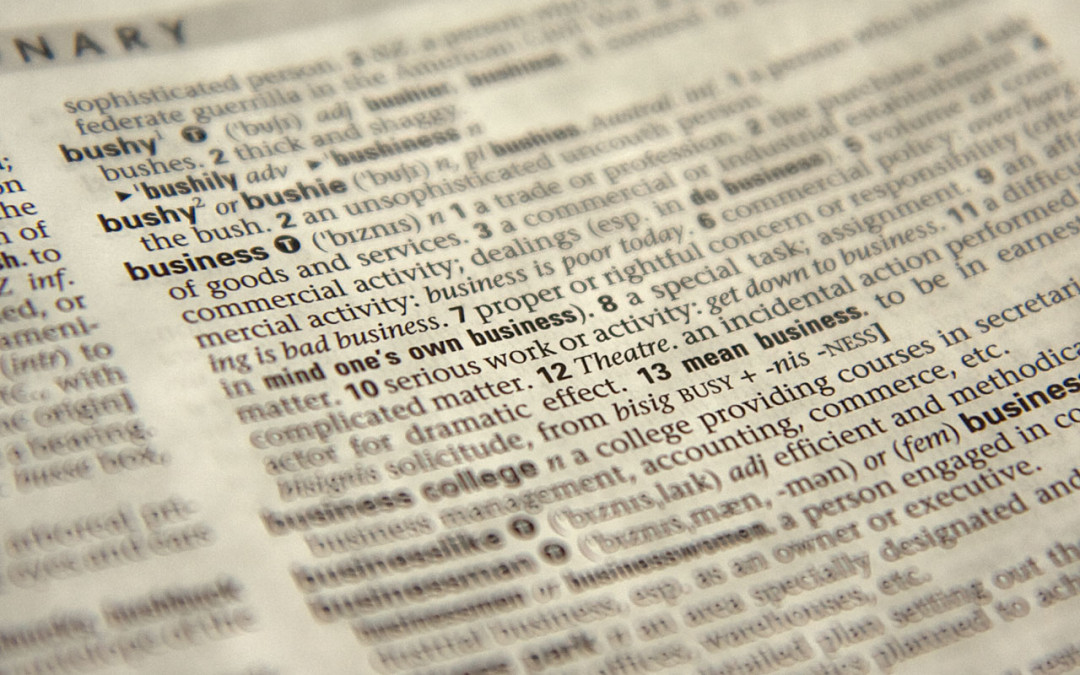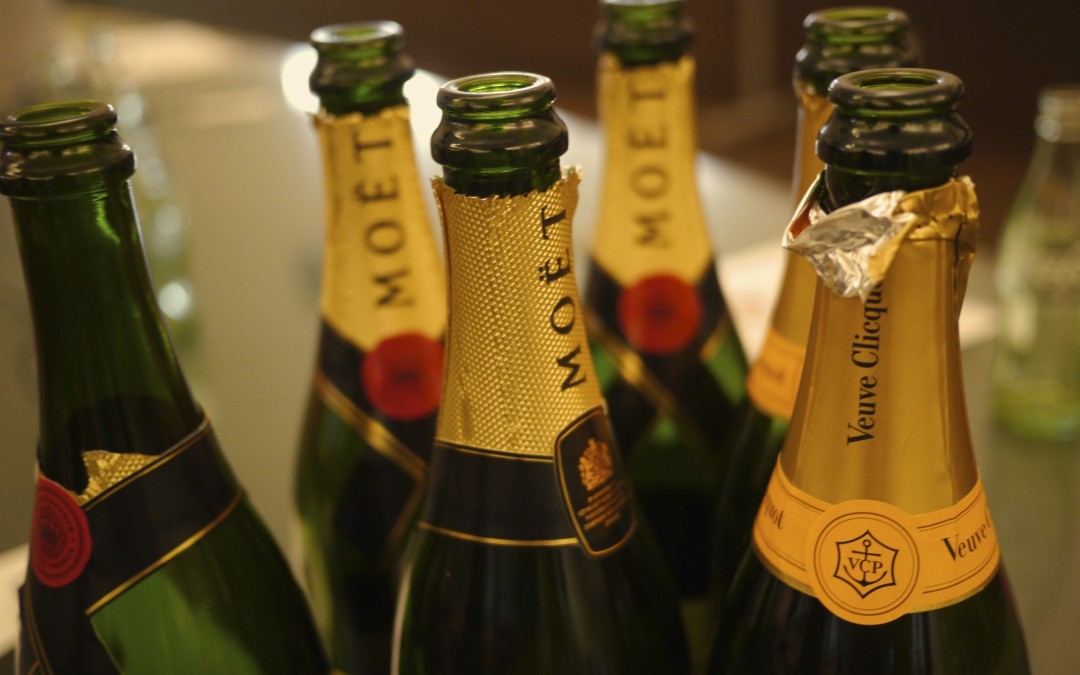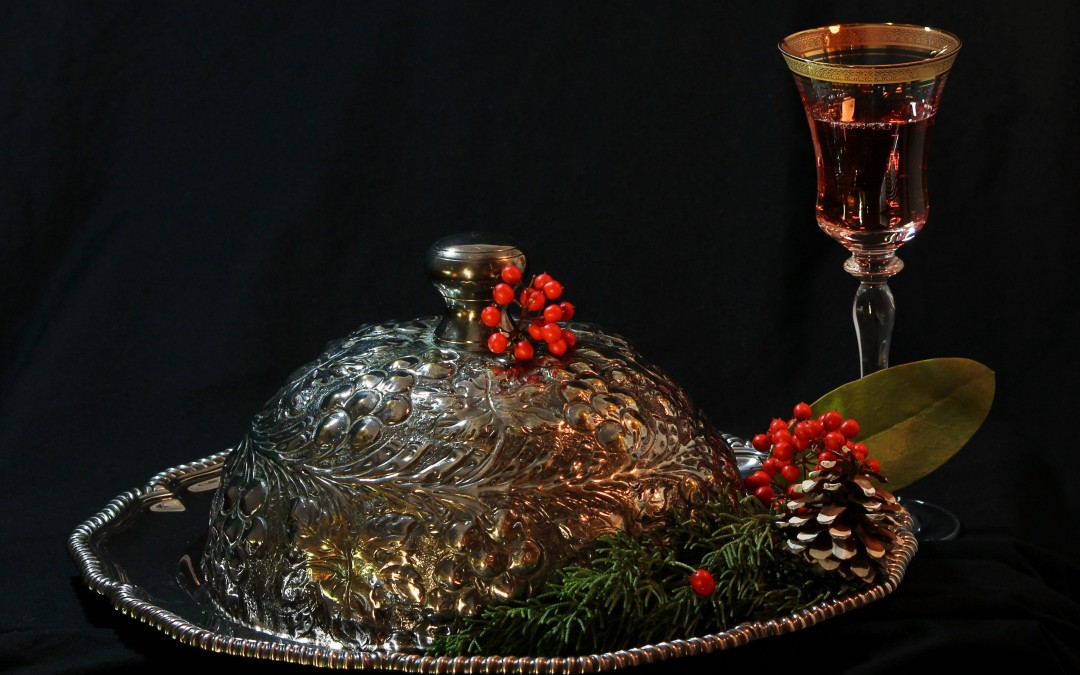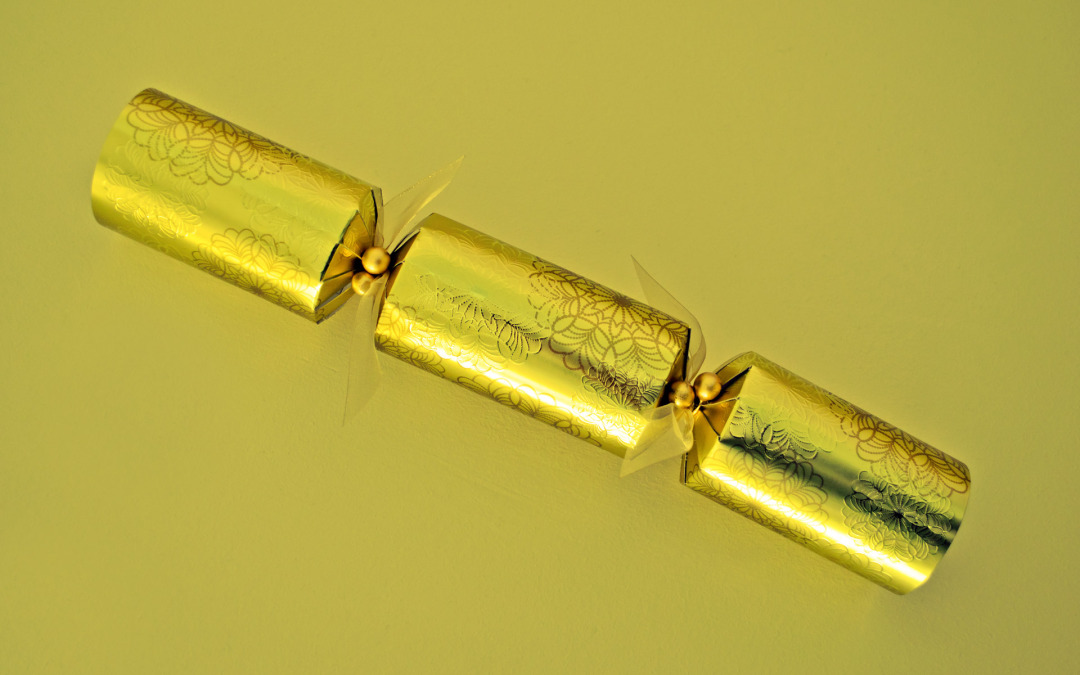
by Lorri | Jan 21, 2015 | UnCorked
I’ve written before that one of my favorite works of art hanging amid many classics in my mother-in- law’s home is an engraved wooden plaque that reads, “We interrupt this marriage to bring you the hunting season.”
Pairing a hunter’s wild game bounty with wine is becoming a common theme for my column this time of year.
DUCK
Wild duck is very different from the commercial breast we find in most supermarkets. Commercial ducks tend to have a very fatty texture, while wild duck is quite lean with an earthy flavor. Wild duck generally pairs best with the same earthy, gamy characteristics in a pinot noir, cabernet franc and tempranillo.
THE VALUE
- 2013 Force of Nature Tempranillo, California (about $18 retail)
THE SPLURGE
- 2012 Stepping Stone by Cornerstone Cabernet Franc, California (about $49 retail)
VENISON
Venison is possibly the most traditional hunting meat for our region and it’s on my family’s menu throughout the year. It tends to be leaner than most red meats and has a distinct hearty flavor. Its bold flavor matches with heavier red wines sharing the same intensity as the dish. A California zinfandel or pinot noir, France’s Cotes du Rhone, Chilean merlot or French Bordeaux are good choices.
Dishes prepared with bear meat would pair well with these wines as well.
THE VALUE
- 2012 Montes Alpha Merlot, Chile (about $19 retail)
THE SPLURGE
- 2011 Stasis Pinot Noir, California (about $39 retail)
PHEASANT
These birds generally have earthy flavors much bolder than chicken. Because of this earthiness, a red wine pairing can be an ideal match. A few varietals to consider are shiraz, zinfandel, pinot noir, grenache or tempranillo. White wines also work, but stay with fuller bodied styles such as chardonnay.
THE VALUE
- 2013 Bonterra Chardonnay, California (about $14 retail)
THE SPLURGE
- 2012 Cline Big Break Zinfandel, California (about $30 retail)

by Lorri | Jan 14, 2015 | UnCorked
Many white wine lovers want to cross over into the world of reds, but it’s usually the heavy drying that tannins produce on the palate that stifles their leap. The tannins develop as red grapes soak with their skins during fermentation, a process most white wines do not undergo. This process creates a substantial difference in the taste of white and red wines.
The good news is there are many red wines with moderate or even soft tannins offering a subtle, juicy taste similar to white varieties. Here are a few that just might convert dedicated white wine drinkers to the enticing world of reds.
Lambrusco
Lambrusco is the white wine drinker’s dream in a red wine. Not only is it refreshing, with barely noticeable tannins, it is extremely low in alcohol (usually only 8 percent ). It’s made in the Emilia Romagna region in Northern Italy. Many think of it as the sticky sweet wine in mass production in the 1970s. But don’t confuse all Lambrusco as being equal. Quality Lambrusco is such a joy to drink because it has a slight bubbly spritz with flavors of blueberry to strawberry.
THE VALUE
- NV Lambrusco dell’Emilia Lambrusco, Italy (about $10 retail)
THE SPLURGE
- NV Santo Stefano Lambrusco, Italy (about $14 retail)
Pinot noir
Pinot noir may be the standard for light-bodied, low-tannin red wine. You can compare it to almost the opposite end of the spectrum of a big, bold cabernet sauvignon. It is used in some of the most celebrated wines of all time, but can be found in values throughout the world. These wines will have low tannins and taste of strawberry and cranberry, with fresh fruity aromas.
THE VALUE
- 2013 Irony Monterey Pinot Noir, California (about $11 retail)
THE SPLURGE
- 2012 Schug Sonoma Coast Pinot Noir, California (about $24 retail)
Gamay
Gamay is best known as the grape behind the famed Beaujolais of France. The most famous is Beaujolais Nouveau, which is bottled and on retail shelves within months of production. The reason for its freshness is because it is designed to be consumed within a year of bottling. Beaujolais is truly a white wine drinker’s bridge to trying red wines, with a light taste of strawberries, raspberries and ripe cherries.
THE VALUE
- 2013 Georges Duboeuf Beaujolais, France (about $10 retail)
THE SPLURGE
- 2013 Louis Jadot Beaujolais, France (about $18 retail)

by Lorri | Jan 7, 2015 | UnCorked
The language of wine may be one of the most frustrating aspects of learning about wine for new wine drinkers. Fruity, flabby, acidic, firm, rich and fresh are just a few of the terms thrown around. I remember one of my first wine classes in London when my instructor described a wine with deep serious observance as smelling of “barnyard manure.” At the time I never would have guessed the phrase would be used to describe one of the finest wines I have ever had the honor to drink later in life … aged Burgundy.
Over the years the language of wine became a personal obsession, as I was constantly learning and unraveling exactly how to describe a wine. I think wine lovers may be one of the largest groups of underground geeks. We smell everything, read anything with the word wine involved and we will share a glass of wine with 10 people in the room just to get a taste.
Wine terminology isn’t as confusing as it seems if we stop to consider the words are simply memorable ways to describe specific smells and tastes and other traits. These are a few of the more interesting terms in our wine world.
Cat’s pee on a tomato bush
I know, not words you want associated with something you’re about to drink, but this description is spot-on for the distinctive smell of most sauvignon blanc. Other words used to describe the grape include “flinty,” “grassy” and “gun smoke.”
Flabby
Another confusing term if your first thought is of untoned muscle. This term is actually used to describe a wine too low in acidity.
Dumb
It isn’t an insult to the wine’s intelligence, but describes a wine with undeveloped aromas. Usually the description refers to a very young wine in a certain stage of aging.
Clean
This means there are no off flavors or aromas in the wine.
Hot
While it’s true a wine served too warm could be called hot, this actually refers to the alcohol and balance of a wine. Unbalanced, high-alcohol wines can be hot in that they create a burning sensation in the mouth.
Legs or tears
This is one of my favorite wine terms, but it is also possibly one of the most misunderstood phrases in wine language. This term is not a visual measure of quality but of alcohol content. Legs and tears refers to the colorless streams left on the inside of your glass when you swirl the wine around. The slower the streams fall and the thicker they are is usually a sign of higher alcohol.

by Lorri | Dec 31, 2014 | UnCorked
Tonight most of us will be toasting with a glass of bubbly. So it is fitting to take a moment to consider how this celebratory drink got its sparkle.
There are many methods to get fizz in the glass, but this story is how it is done with Champagne. It begins as any other wine: Grapes are picked, pressed and fermented. Then the magic begins. The first step is blending. Almost an art form, the winemaker will taste and select from separately fermented vats from individual vineyards to create the ideal recipe.
The carefully blended wine will then go into bottles, along with a small amount of yeast and sugar. This crucial step distinguishes bubbly from all other styles of wine. This is the second fermentation. As the yeast feed on the sugar, tiny bubbles of carbon dioxide are created and remain trapped inside.
But this is still an early part of the journey for fabulous Champagne.
The wine will then be left on its “lees” (dead yeast) for a few weeks or in some quality Champagnes even months. This gives the wine time to absorb the yeasty, rich aromas we love. Next is the final magic trick: taking away the tiny yeast without getting rid of the bubbles. The bottles are placed horizontally, top of the bottle down, in hinged wooden racks kept in dark cool cellars. For about two months, each individual bottle (sometimes up to 40,000 bottles a day) will be turned by hand. Obviously these are the most prestigious of Champagnes.
The ending process is not as romantic as the slow turning of the bottles, but it is just as critical : The necks of the bottles are put into a freezing solution where the dead yeast formed into a sediment. This ice plug is shot out of the bottle, a process called “disgorgement,” and then each bottle is topped with a “dosage,” a mixture — usually a small amount of sugar. And finally, the famous Champagne is closed with the wire and cork.
As you ponder the price of amazing bubbly, don’t forget how much love and attention went into this bottle along with the handcrafted spirit behind this artisan craft.
THE VALUES
- NV Piper-Heidsieck Brut, France (about $45 retail)
- NV Pierre Peters Blanc de Blanc, France (about $53 retail)
THE SPLURGE
- 2004 Perrier-Jouet Belle Epoque, France (about ($199 retail)

by Lorri | Dec 24, 2014 | Blog
In the almost 10 years that I’ve been writing this column I’ve covered a variety of topics related to Christmas and wine, from cultural celebrations of wine around the world to wine and food pairings for Christmas dinner. This is my first Christmas Eve edition.
You’ve made your list, but if you found (while checking it twice) you missed the wine, here are my picks for a variety of circumstances.
THE VALUES
I’m way over my holiday spending budget and need to save money:
- 2013 Raptor Ridge Pinot Gris, Oregon, (about $17 retail)
- 2013 Gnarly Head Zinfandel, California (about $12 retail)
- 2013 One Hope Merlot, California (about $15 retail)
- 2010 Rocks Red by Cornerstone, California (about $14 retail)
I forgot to get a gift for work colleagues, neighbor or hair stylist but don’t want to break the bank:
- 2013 Grayson Cellars Pinot Noir, California (about $13 retail)
- 2013 Big Guy Red Blend, California (about $13 retail)
- 2013 Force of Nature Red Blend, California (about $13 retail)
My family loves anything that sparkles during the holidays:
- NV Pascual Toso Sparkling Wine, Argentina (about $11 retail)
- NV Traveri Blanc de Blanc, Washington (about $16 retail)
- NV Apaltagua “Costero” Extra Brut, Chile (about $16 retail)
- THE SPLURGES
My best friend is a wine geek … where do I start?:
- 2011 Tooth and Nail, The Possessor Red Blend, California (about $30 retail)
- 2011 Stag’s Leap Cabernet Sauvignon, California (about $59 retail)
I want to impress my in-laws with my wine choice for Christmas dinner:
- 2011 Reynolds Napa Valley Cabernet Sauvignon, California (about $50 retail)
- 2010 Bell Cellars Clone 6, California (about $94 retail)
Home for the holidays without a budget for family and friends:
- 2012 Caymus 40th Anniversary Napa Cabernet Sauvignon, California (about $94 retail)
- 2012 Schug Heritage Reserve Cabernet Sauvignon, California (about $55 retail)
- 2012 Kosta Brown Giusti Ranch, California (about $120 retail)

by Lorri | Dec 17, 2014 | Tips, UnCorked
This time of year I think many of us are looking for ways to save money on entertaining. Whether planning a large cocktail party or intimate gathering, these tips can help keep you on budget for holiday wine buying.
Remember the basics
Buy by the case, shop on the retailers’ discount “wine day,” check for in-store specials and always shop around for the best savings. These basic tips can sometimes save you up to 20 percent off on your wine buying.
Quality wines at value prices
For quick savings substitute vintage Champagne with blanc de blanc; cabernet sauvignon with malbec; pinot noir with merlot; and vintage port with late-bottled vintage port (LBV).
Don’t shy away from blends
Many wineries have a blend labeled simply “red wine.” This can be a great place for savings because many of these blends are created from other single varietal bottlings not used for the vintage. It offers the consumer a lower price point, but from a reputable winemaker and vineyard.
Buy big
For large parties 1.5 liter bottles or boxed wines can be a great value. Many quality boxed wines contain the equivalent of four standard bottles and are usually priced less than $20 a box. And if you don’t want your guests to see you’re serving boxed wine, simply pour it into decorative carafes.
Step our of your comfort zone
Consider wines from emerging regions with little or no recognition. Chile and Argentina continue to offer remarkable value, but also consider lesser-known regions in California and up-and-coming wine regions such as New York state.
Get to know your retailer
Make friends with your wine shop staff. With simple conversations your retailer will begin to understand your likes and dislikes, guiding you to the best wines available. Throughout the year you may have a certain wine as your everyday wine but this time of year your retailer may guide you to a similar style at a special price.
And always remember, the best way to find great deals is to ask.
- 2012 Force of Nature Red Blend, California (about $13 retail)
- 2014 Mark West Chardonnay, California (about $12 retail)
- 2013 Norton Malbec, Argentina (about $10 retail)
- 2014 Candoni Pinot Grigio, Italy (about $15 retail for 1.5 liters)
- NV Treveri Blanc de Blanc sparkling wine, Washington (about $14 retail)
- 2014 La Playa Merlot, Chile (about $9 retail)
- 2014 Black Box Cabernet Sauvignon, California (about $24 retail for 3 liters)





